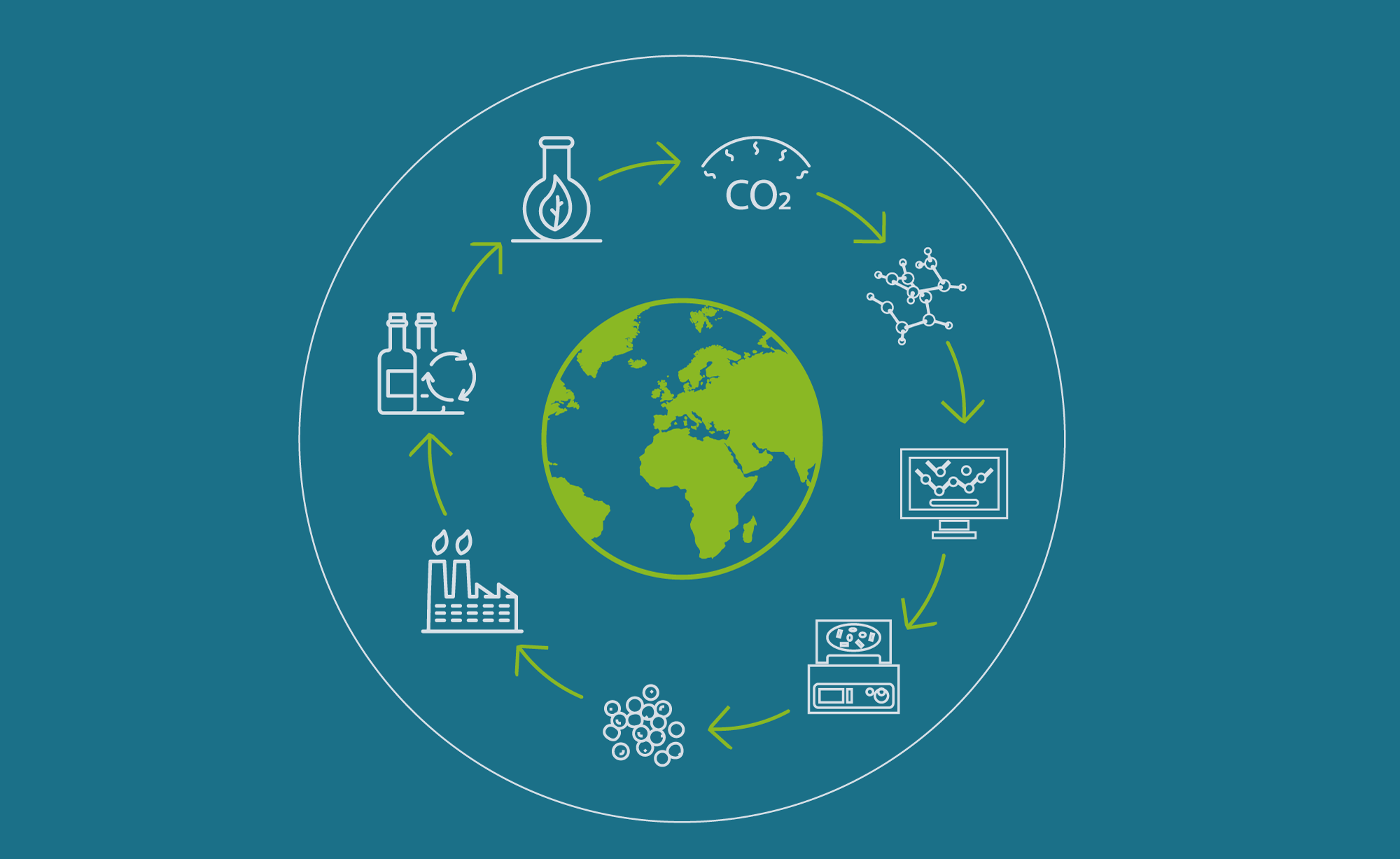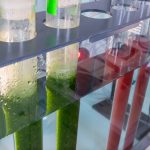
To Develop a new closed-loop research platform of design-build-test-learn (DBTL) that combines material recycling and processing, synthetic microbial consortia by capturing GHGs, cross-cutting analytics, and using modelling and artificial intelligence strategies for building novel HLMs. Such a platform will enable material design with tailored properties for effectively building microbial consortia, grant predictive power, and deliver actionable knowledge to successfully develop HLM and will push applications of such living materials (or HLMs) from concept to market.

To Develop high-performance HLMs as an energy-efficient and cost-effective solution for scrubbing GHGs and producing biomass as a feed (microbial proteins) using the iterative DBTL cycle. Capturing and sequestering CO2 and CH4 is one of the most promising technologies to reduce GHGs and stabilize the planet from the catastrophic consequences of climate change. However, the amount of energy necessary to capture these gases is a significant barrier that makes the process costly. Novel energy-efficient, scalable, and cost-effective technologies to capture GHGs will result in a new and massive global industry.

3. To Design HLM-bioreactor prototypes and demonstrate the feasibility of the developed microbial protein process using environmental and economic assessments and address social and ethical issues by applying responsible research and innovation (RRI) techniques. Successful scale-up of HLMs to obtain desired performance is one of the most crucial steps for transferring technology. REPLACER will enable a scale-out approach using a numbering-up concept to demonstrate HLM prototypes.